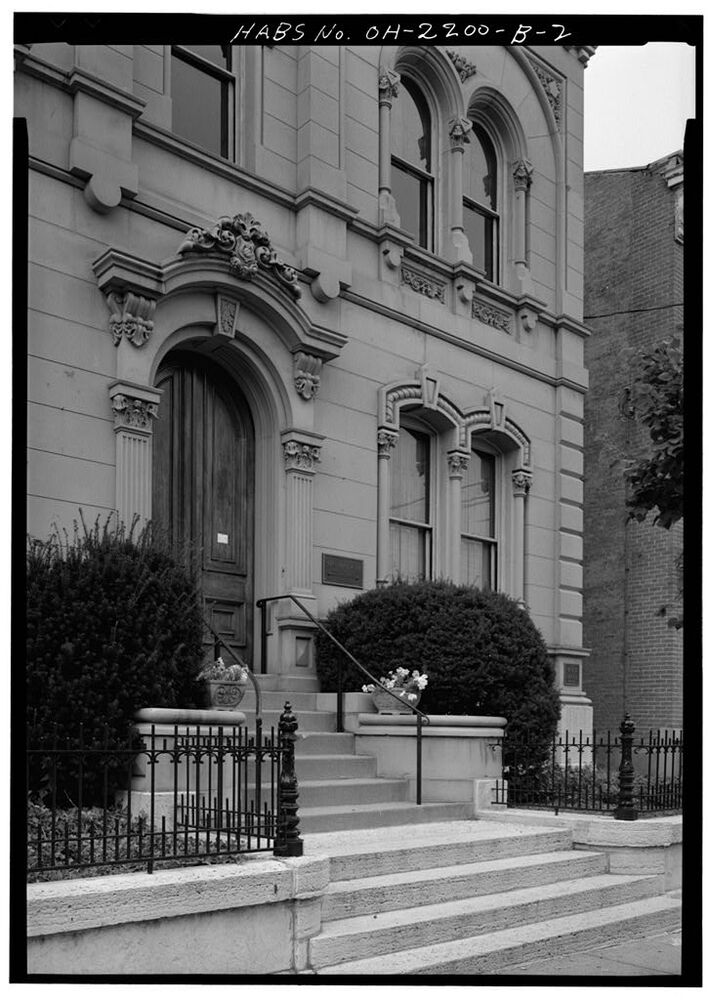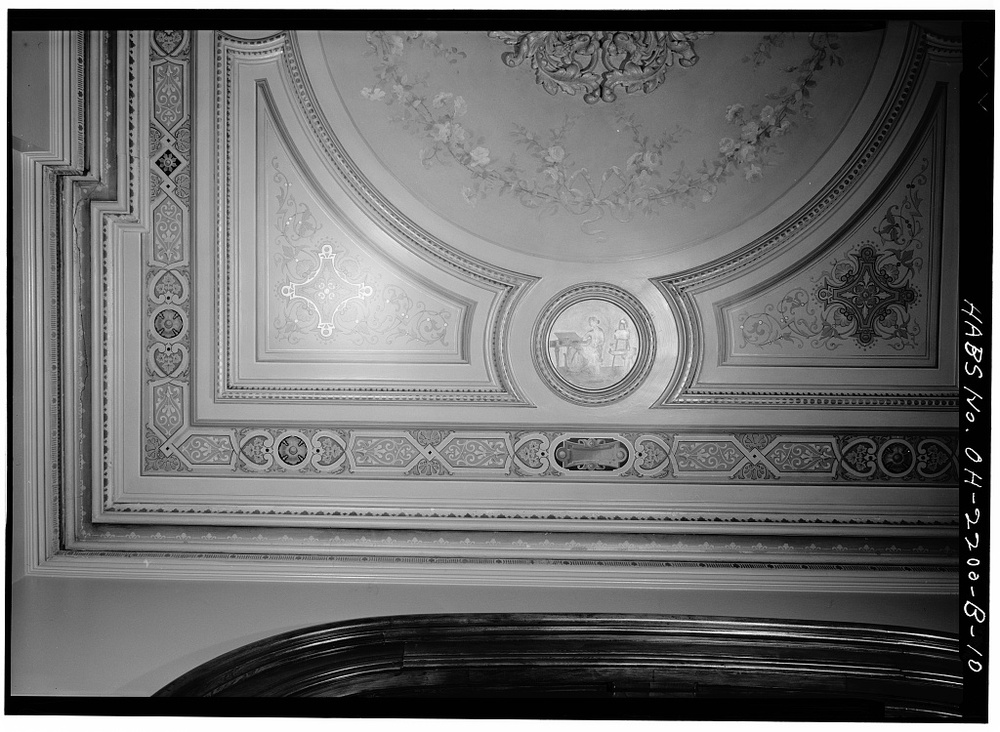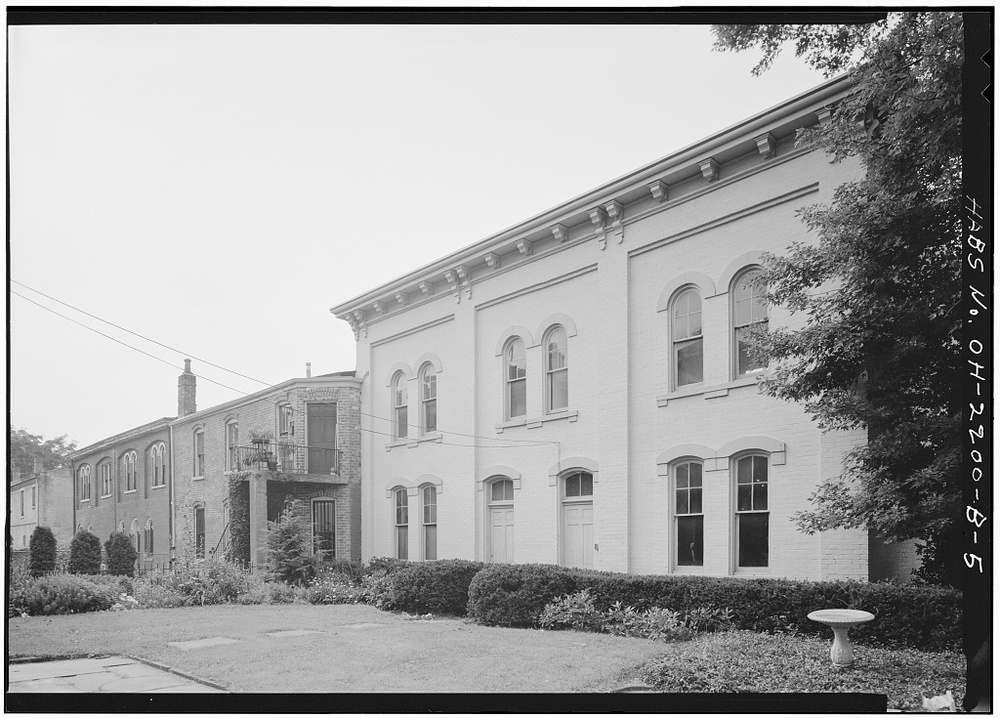St. Ann Convent at the Hauck House
St. Ann Convent and the untold Black history of the Hauck House

In the 1930’s until 1967, this house at 812 Dayton Street was the home of the Sisters of the Blessed Sacrament.
Skaats-Hauck Ownership
812 Dayton Street was originally the 1870 home of the coal dealer John Skaats who in the 1880’s sold it to John Hauck, one of the many Cincinnati beer barons. What most people do not know is that in the 1930’s until 1967, this house was the home of the Sisters of the Blessed Sacrament. To the Black families the Sisters served, the house was known as St. Ann Convent, not Hauck House. This house is an important part of the history of African Americans here in the city because those nuns spent 58 years educating Black children and providing social services to Black families from 1909 until 1967. Why did they leave? Urban renewal resulted in the demolition of each of the buildings in which they taught.
St. Ann Convent
In 1909, they came from Bensalem, Pennsylvania to Cincinnati’s West End to teach at St. Ann Grade School on John Street, then added Holy Trinity Grade School on 5th and Mound streets, founded Madonna High School on Court and Mound Streets, and taught at St. Henry Grade School on the corner of Flint and Courtlandt. During most of their time in Cincinnati, they lived at 812 Dayton Street. Significant is the fact that the house was not only their place of residence, it also served as a community center of sorts because it was also the place where they welcomed the neighborhood children into their home, hosted the Caritas Club, a group of white women from Western Hills who raised money for Thanksgiving meals and Christmas presents that the nuns distributed to the neighborhood families.
Meetings, hosted by the Sisters of the Alumni Association, consisted of former students who also sponsored fundraisers events and coordinated tutoring sessions that were conducted by their former honor students and students from Mt. Notre Dame High School and Seton High School students who volunteered to tutor the Black children in the West End schools in which the nuns taught. My sister, Alberta Muldrow Brown, recalls when she fell in love with math. On the left side of the house is a sidewalk. During the summer, my sister Alberta Muldrow Brown, went over to the convent to be tutored in math. As a result of that experience, math became her favorite subject. Alberta went on to become an executive of Federated Department stores.
Also significant is the fact that Fr. Clarence Rivers, an alumnus of the St Ann where the nuns taught and the first Black archdiocesan priest, said his first mass in the room that the nuns had converted into a chapel. Why did that newly ordained priest come there to share his special priestly moment with his former teachers before celebrating his official public first mass at St. Joseph on the corner of Linn Street and Lincoln Park Drive (now Ezzard Charles Drive)? Because as an alumnus of St. Ann, with much encouragement from the nuns, wanted to acknowledge their importance to him. These nuns also worked tirelessly to educate African American children prior to the 1964 Civil Rights Act and the 1965 Voting Rights Act of 1965.
Sisters of the Blessed Sacrament West End Schools
- St. Ann on John Street — the first black Catholic elementary school in the state of Ohio
- Holy Trinity Grade School on 5th and Mound Streets
- Madonna High School on Court and Mound Streets —the first black Catholic high school in Ohio
- St. Henry Grade School on Flint and Courtlandt Streets
Images




